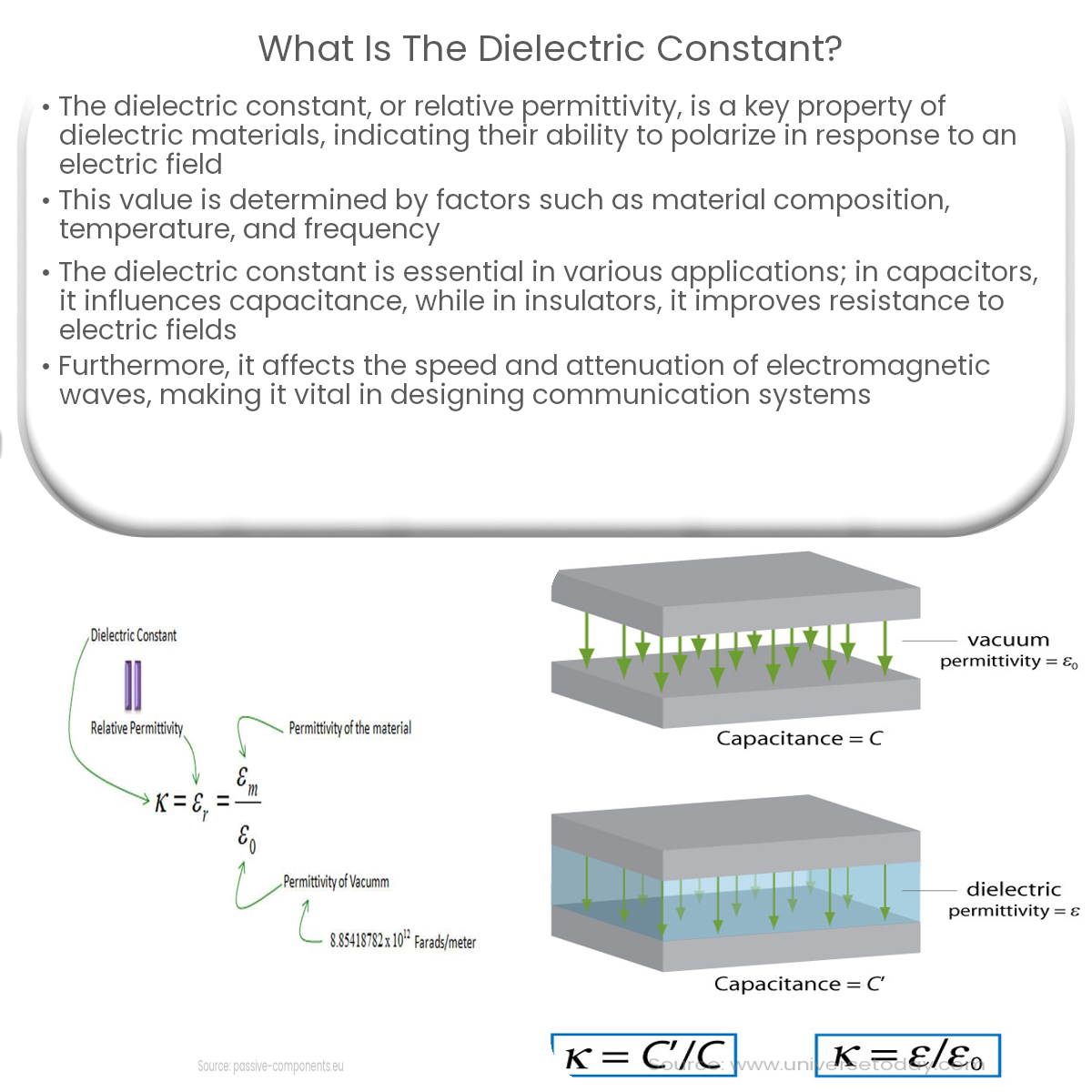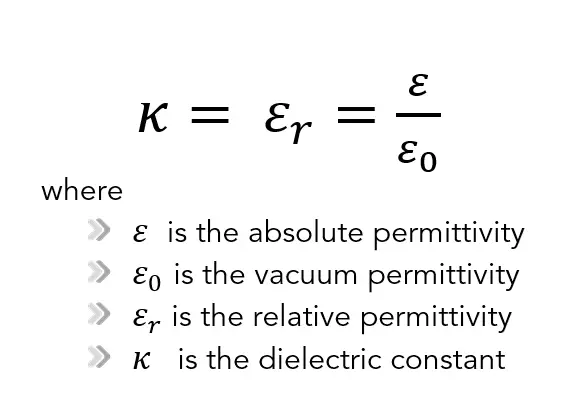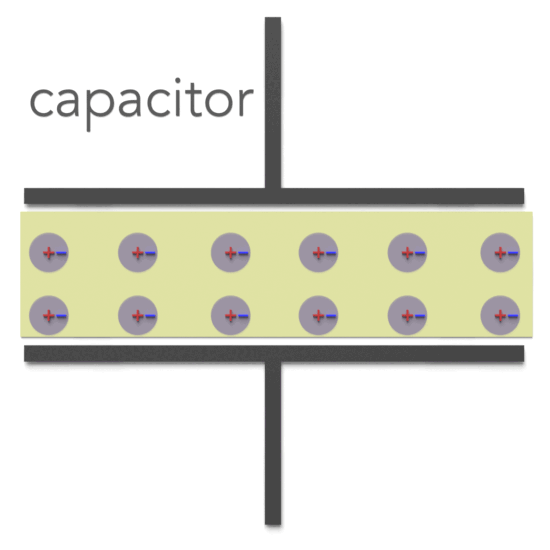The dielectric constant is a measure of a material’s ability to polarize under an electric field, affecting capacitance, insulation, and wave propagation.
Introduction to Dielectric Constant
The dielectric constant, also known as relative permittivity, is a fundamental property of dielectric materials that plays a crucial role in their behavior under the influence of electric fields. In this article, we will discuss the concept of the dielectric constant, how it is determined, and its significance in various applications.
Definition of Dielectric Constant
The dielectric constant is a dimensionless number that represents the ability of a dielectric material to polarize when subjected to an external electric field. It is the ratio of the permittivity of the material (ε) to the permittivity of free space (ε0), expressed as:
Dielectric Constant (κ) = ε / ε0
Permittivity is a measure of how easily a material can become polarized under the influence of an electric field. Higher permittivity values indicate a greater degree of polarization.
Factors Affecting Dielectric Constant
The dielectric constant of a material depends on several factors, including:
- Material Composition: Different materials have distinct molecular structures that affect their ability to polarize under electric fields, resulting in varying dielectric constants.
- Temperature: The dielectric constant can change with temperature, as the molecular motion and polarization mechanisms are temperature-dependent.
- Frequency: For materials exposed to alternating electric fields, the dielectric constant may vary with frequency due to the relaxation of polarization and other mechanisms.
Significance of Dielectric Constant
The dielectric constant is an essential parameter in various applications:
- Capacitors: In capacitors, the dielectric constant directly affects the capacitance, as it determines the material’s ability to store electrical energy. Capacitors with higher dielectric constants can store more charge, resulting in higher capacitance values.
- Insulators: Materials with high dielectric constants are more effective insulators, as they can better resist electric fields and prevent the flow of electric current.
- Electromagnetic Wave Propagation: The dielectric constant of a material impacts the speed and attenuation of electromagnetic waves propagating through it, making it an essential parameter in the design of communication systems, waveguides, and antennas.
Conclusion
The dielectric constant is a fundamental property of dielectric materials that determines their ability to polarize under electric fields. It is an essential parameter in various applications, such as capacitors, insulators, and electromagnetic wave propagation. Understanding the dielectric constant and its dependence on material composition, temperature, and frequency is crucial for the effective design and utilization of dielectric materials in electronic devices and systems.




